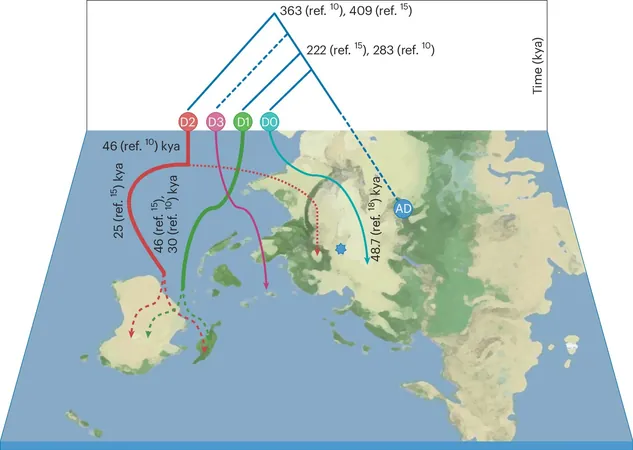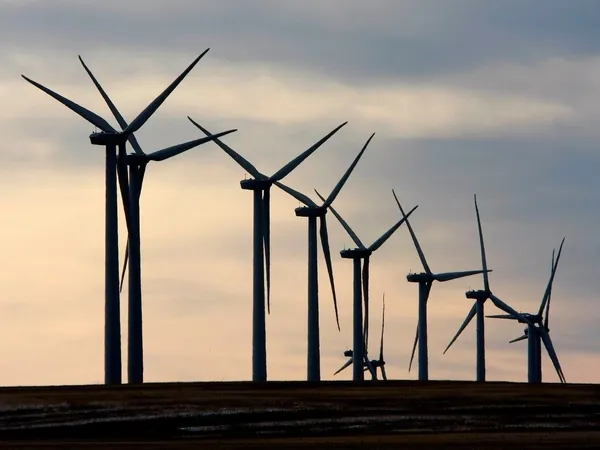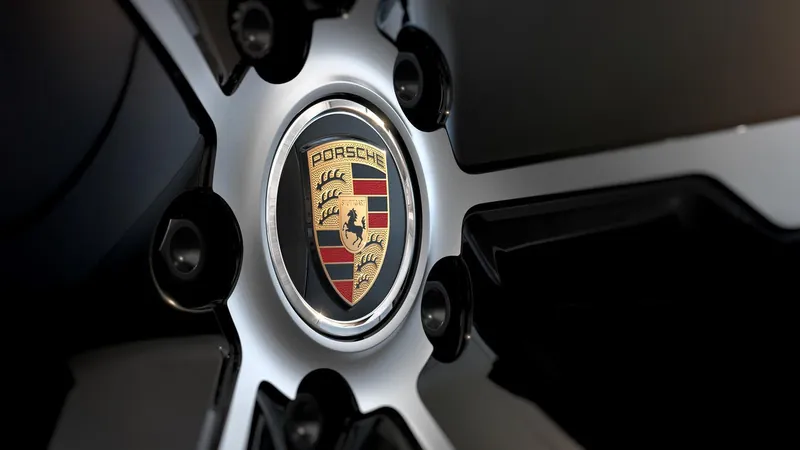
Unlocking the Secrets of Denisovans: How They Shaped Modern Human Genetics!
2024-11-09
Author: Emily
In a groundbreaking revelation, scientists have unearthed new insights into the Denisovans, an enigmatic hominin group that once roamed the Earth and significantly impacted the genetic makeup of modern humans through a series of interbreeding events.
The journey began in 2010 when the first draft of the Neanderthal genome was published, showcasing that these ancient relatives had mingled with early humans. Shortly thereafter, a finger bone found in the remote Denisova cave, nestled in the Altai Mountains of Siberia, provided evidence of a previously unknown group— the Denisovans. This monumental discovery opened up a new chapter in our understanding of human evolution.
Dr. Linda Ongaro, a prominent scientist at Trinity College Dublin, who recently authored a review in Nature Genetics, remarks, “This was one of the most exciting discoveries in human evolution in the last decade.” The findings challenge the long-held belief that human evolution was a straightforward progression from a single common ancestor. Instead, the evidence suggests a much more intricate history of multiple interbreeding events that have helped shape who we are today.
Unlike the Neanderthals, whose remains are more abundant, the Denisovans are represented by a sparse fossil record, including a finger bone, jawbone, and a few teeth. However, genomic studies have revealed that genes from at least three distinct Denisovan populations have contributed to the genetic diversity in modern humans, indicating a complex and multifaceted relationship among these ancient lineages.
In their comprehensive review, Dr. Ongaro and her colleague Prof. Emilia Huerta-Sanchez indicate that Denisovan populations were widely dispersed, with evidence suggesting they inhabited diverse environments stretching from Siberia across Southeast Asia, and possibly as far as South America. This adaptability implies that different Denisovan groups evolved unique traits suited to their respective habitats.
Among the fascinating revelations, researchers identified Denisovan genes that have provided modern humans with remarkable advantages. Notably, one genetic locus confers tolerance to hypoxia, which explains why Tibetan populations thrive in high-altitude low-oxygen conditions. Other Denisovan genes have been associated with enhanced immune responses and adaptations that improve lipid metabolism—critical for populations like the Inuit who survive in frigid Arctic environments.
As scientists continue to unravel the genetic threads that connect us to the Denisovans, each discovery adds a new layer to the narrative of human evolution. It's an exhilarating time for anthropology and genetics alike, as we learn that our history is woven together with that of these ancient relatives in ways we are only beginning to understand.
Stay tuned for more updates, as the secrets of our past could hold the key to our future!









 Brasil (PT)
Brasil (PT)
 Canada (EN)
Canada (EN)
 Chile (ES)
Chile (ES)
 España (ES)
España (ES)
 France (FR)
France (FR)
 Hong Kong (EN)
Hong Kong (EN)
 Italia (IT)
Italia (IT)
 日本 (JA)
日本 (JA)
 Magyarország (HU)
Magyarország (HU)
 Norge (NO)
Norge (NO)
 Polska (PL)
Polska (PL)
 Schweiz (DE)
Schweiz (DE)
 Singapore (EN)
Singapore (EN)
 Sverige (SV)
Sverige (SV)
 Suomi (FI)
Suomi (FI)
 Türkiye (TR)
Türkiye (TR)